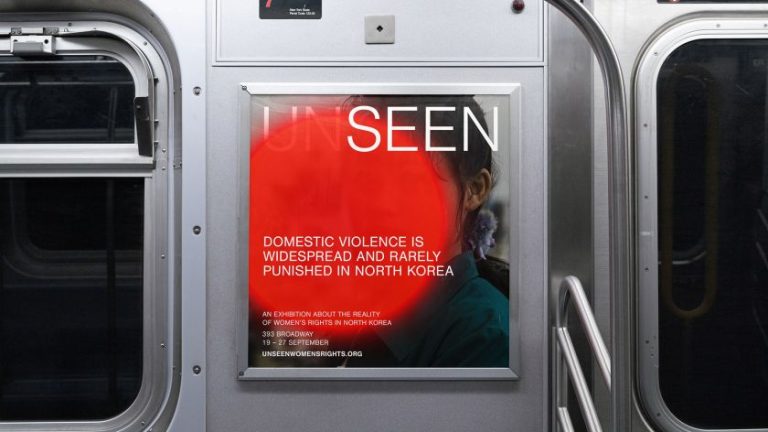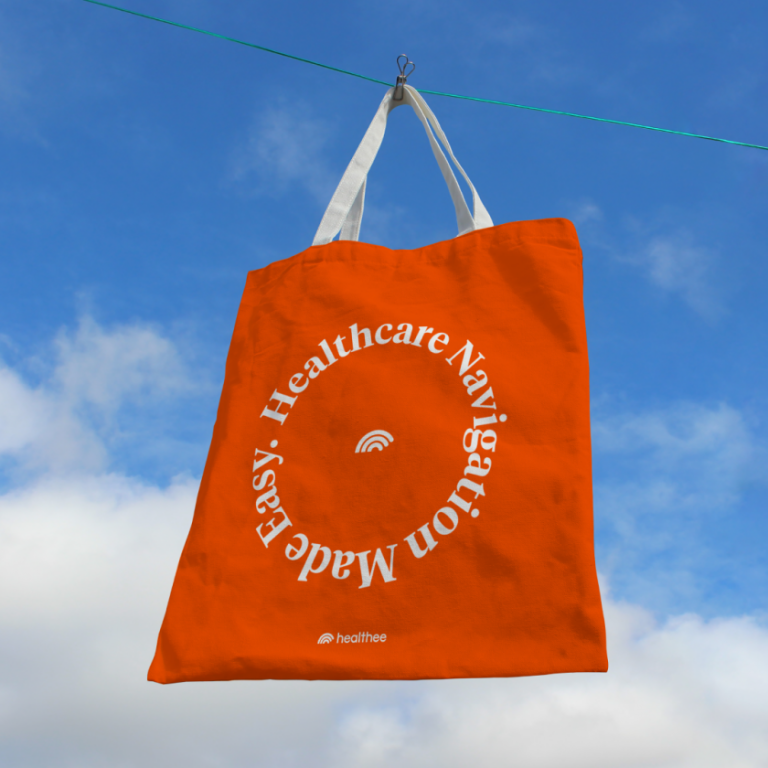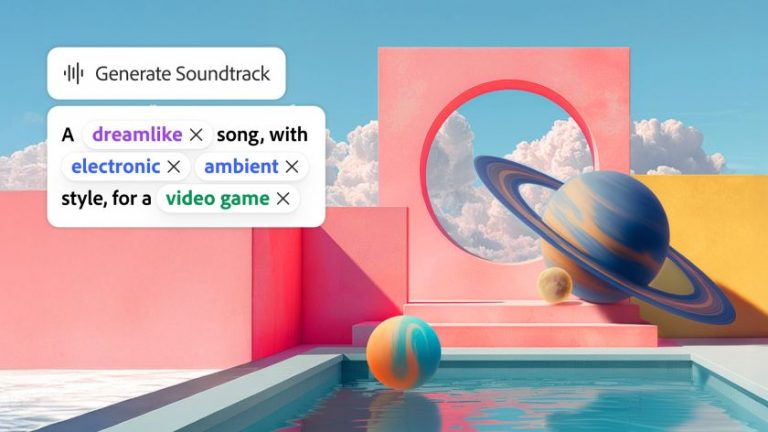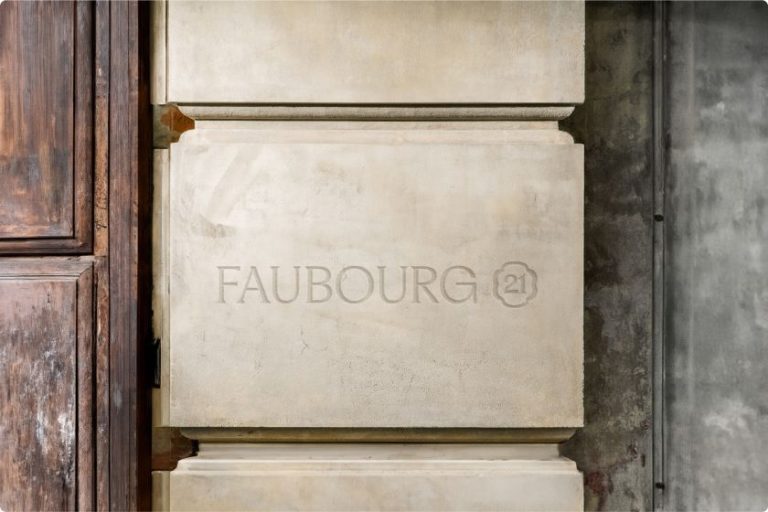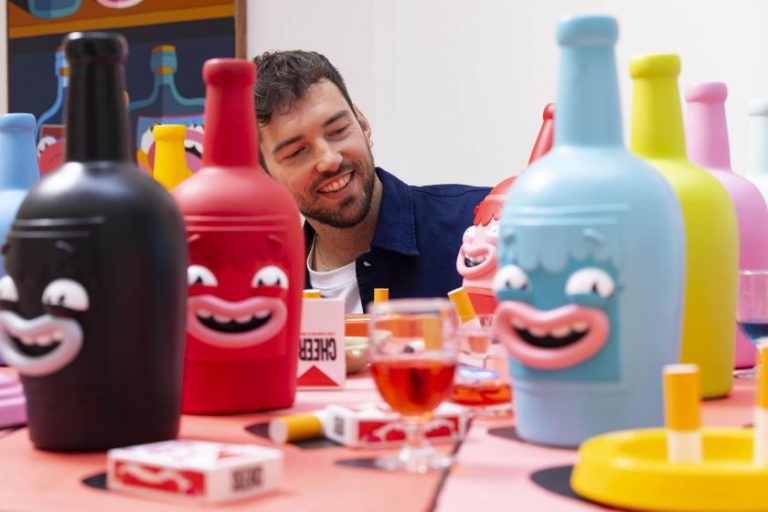A new protest-inspired brand symbol was designed to compliment Mozilla’s custom wordmark and typeface family, helping the brand to stand out in a sea of sameness.
The free software community Mozilla has set out to reclaim the internet as a global public resource with a new “Grassroots to Government” design system developed by Jones Knowles Ritchie (JKR).
The collaboration began 12 months ago at Frontify’s Paradigms event in Lisbon after the Mozilla team saw JKR on stage presenting its latest work with Coca-Cola. The company had already formulated a new strategy based on the “Reclaim the Internet” idea with DesignStudio in 2023 and brought JKR on board to translate this into a unified brand representative of all of its initiatives and programs.
This includes new AI advancements, product offerings, and advocacy efforts, which aim to significantly increase awareness and impact. Another driver for the rebrand was a desire to empower people to “reclaim the internet from Big Tech’s growing control and ethical challenges”, says Mozilla’s global head of brand, Amy Bebbington.
She explains: “We needed a way to better represent who we are and what we stand for, and of course, that needed to be rooted in the Mozilla manifesto and mission, but it had to be true.
“People have lost control over how the internet impacts their lives, facing issues like data privacy, tech monopolisation, the rapid advancement of AI and growing ethical concerns, misinformation, and commercialisation.”
With the view of better serving both new and existing communities, Mozilla wanted to embrace a modern, digital-first, and expansive brand system as well as establishing a strong presence to amplify its impact.
Part of the new brand solution involved establishing a framework that defines the relationship between Mozilla (as a parent brand) and the rest of its portfolio, such as products, initiatives, innovations, community and advocacy work, and more. Bebbington says: “One key part of that framework will be determining how much Mozilla brand DNA flows into each part of the portfolio in order to help communicate the full extent of Mozilla.”
JKR’s approach to the rebrand involved understanding how the brand exists already in people’s minds to unearth what is truly memorable about it. The studio’s global executive creative director, Lisa Smith, says: “When we asked people to draw Mozilla’s logo, most ended up sketching the Firefox logo.
“That was really telling, and when the challenge became clear because, despite Mozilla’s wide-ranging efforts, from government advocacy to community events, most people only knew it for Firefox, which is just one of many things it does.”
The phrase “Grassroots to Government” underpins Mozilla’s brand purpose and was the inspiration behind JKR’s design system. It recognises that the brand has a wide audience, from grassroots creators to government leaders, and so a certain degree of flexibility is required to reach these people.
“Government applications use fixed assets exclusively, while grassroots applications build on these fixed elements, offering more creative flexibility,” says Smith. She adds: “This broader suite of assets ensures the design remains dynamic and versatile.”
Most brands in the tech industry have fallen into using the same generic codes, so the goal with Mozilla was to break the mould while renewing its relevance, building trust, and catalysing new engagement.
When the wordmark was last updated in 2017, the Mozilla team took an open design approach, incorporating feedback and input from its internal and external communities. To achieve the sector distinction that Mozilla wanted, JKR decided to go in a different direction for the wordmark and beyond.
The brand’s redesigned bespoke wordmark was born of a new semi-slab innovative typeface with its own custom characters. Smith says it is a key part of Mozilla’s new identity, adding that “the typographic style suits the brand by reflecting its unique identity, ensuring the wordmark is distinct and true to Mozilla’s essence”.
A suite of custom typefaces – Mozilla Semi-Slab, Mozilla Sans, and Mozilla Sans Text – were developed with Studio DRAMA and are also built on the brand’s slab serif heritage. “The semi-slab, inspired by protest and attention-grabbing design, stands out in a sea of tech sans fonts,” says Smith, “while the sans adds character to what was once a more generic style.”
Because these fonts are interchangeable, they allow for more flexibility and expression across the brand. Thanks to their unit width feature, it is easier to keep text consistent without reflowing.
The brand’s redesigned wordmark and typefaces are complemented by a new flag symbol, designed to convey the brand’s activist spirit and signify its commitment to reclaiming the internet.
The flag derives from the ‘M’ for Mozilla and a pixel that nods to its iconic Tyrannosaurus rex symbol designed by Shepard Fairey. Bebbington describes it as “a symbol of belief, peace, unity, pride, celebration and team spirit” and explains how it can transform into “a more literal interpretation as its new mascot in ASCII art style and serve as a rallying cry for Mozilla’s mission”.
To ensure that the brand was distinct, JKR created the colour palette based on three core principles: being insightful, optimistic, and fearless. Black and white are the primary hues in the palette, with accents of Mozilla Green – which Smith says is “quintessential with nature and nonprofits” – that nod to making the internet better and more accessible for all. For more expressive applications, illustrations and infographics, JKR Mozilla’s created a secondary palette made up of darker and pastel tones.
Evolving Mozilla’s brand voice was crucial to realising the brand strategy and better resonating with its audiences. Bebbington explains: “Mozilla’s voice, described as a ‘Brainy Bestie’, makes its expertise accessible and culturally relevant, using humour to drive action.
“The shift in tone helps Mozilla engage a broader audience by making complex topics like internet privacy and open-source AI more accessible and relatable while being true to our organisation’s activist spirit.”
Final work is still being done on the Mozilla brand application, as the plan is to roll it out gradually in different settings and surfaces.

